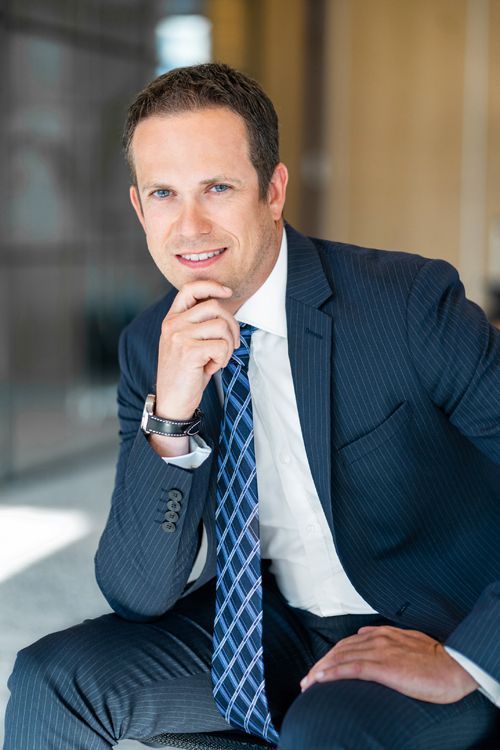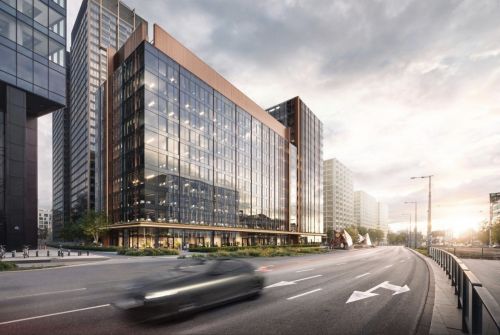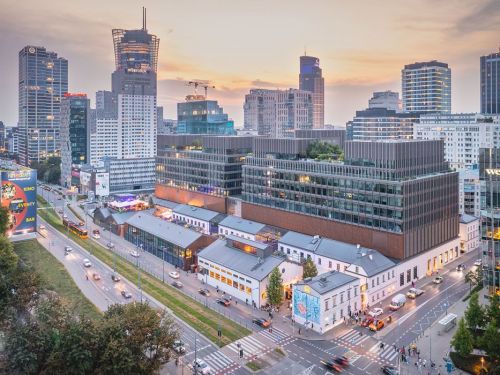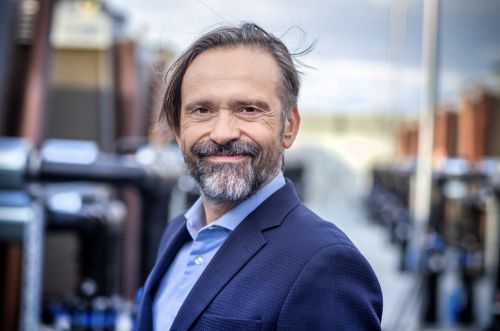Rafał Ostrowski, ‘Eurobuild CEE’: Does sustainability make sense beyond corporate social responsibility? Are viable revenue streams possible with this approach?
Michal Vrba, vice-president, head of project management, Prologis CEE: The role of sustainability in industrial development is growing all the time and, in view of the global trends on climate and in politics, we are paying particular attention to it – especially for the future. We are looking to maximise the sustainability of all of our facilities. For example, building 18 at Prologis Park Prague-Rudná was awarded a BREEAM ‘Outstanding’ accreditation last year – the highest of its kind in the Czech Republic. The sustainability features in this case included the recycling of used building materials, the reduction of its carbon footprint, adherence to strict regulations for the conservation of natural resources and the surrounding area, a focus on recycling construction waste, energy-































































